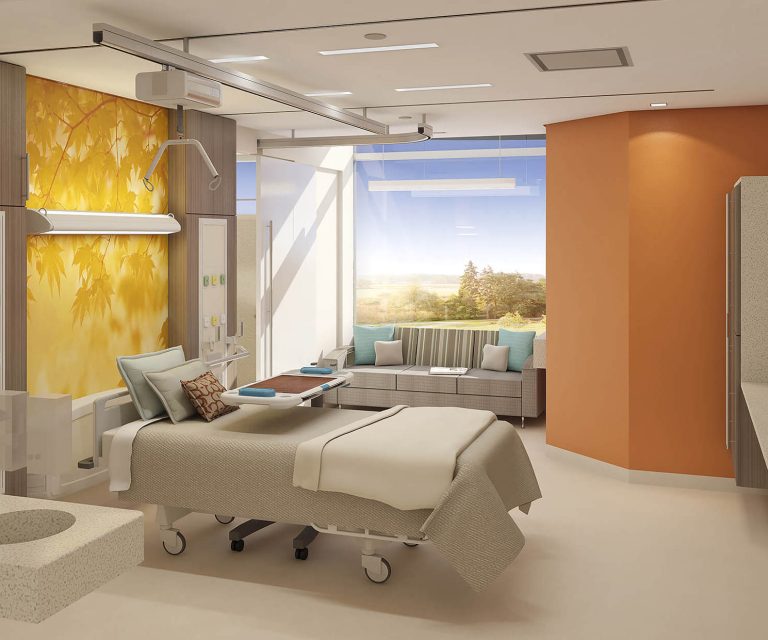Marberry: New research supports the impact of hospital room design on patient outcomes

Sponsored by:

by Sara Marberry

It’s been 38 years since Roger Ulrich’s study on the impact of hospital room design on patient outcomes has been published in Science magazine. In a nutshell, he found that patients with window views of nature recovered quicker from surgery and needed few pain meds vs. those who had a window view of a brick wall.
This groundbreaking study put Ulrich on the map and was the reason many healthcare architects and interior designers started designing facilities with access to nature, including hospital rooms with larger windows.
New study findings
I’m happy to report that researchers at the University of Michigan have replicated and expanded upon Ulrich’s study. In an analysis of 3,963 patients who underwent surgery at one hospital during a three-year period, they investigated mortality rates and lengths of stay for patients in rooms with windows or no windows, single vs. double occupancy, distance to the nursing station, and line of sight to clinicians.
Not surprisingly, their results were similar to Ulrich’s. Many more variables though.
Still, as one of the researchers, Andrew M. Ibrahim, told News-Medical, there were “clear patterns where certain room types have better outcomes after surgery.”
>>>Check out News-Medical’s more detailed summary of the key research findings.
Research on hospital room design
Okay, but wait a minute.
In the article, the News-Medical reporter makes a statement about how there’s very little research on how room features may impact clinical outcomes. I don’t think this is true.
When I did a search on The Center for Health Design’s Knowledge Repository for “patient room design,” 587 resources came up; and 450 appeared for “hospital room design.” Now maybe not all these are research studies like Ulrich’s or Ibrahim’s team, but that’s still a lot of evidence.
Despite these misleading claims about the lack of research on hospital room design, the University of Michigan study is good news for healthcare design industry. Because any time a study is replicated and comparable results found, it makes a stronger case for the relationship between facility design and patient health and well-being.
Visit Sara Marberry’s Blog for this article and more reflections on healthcare design.
